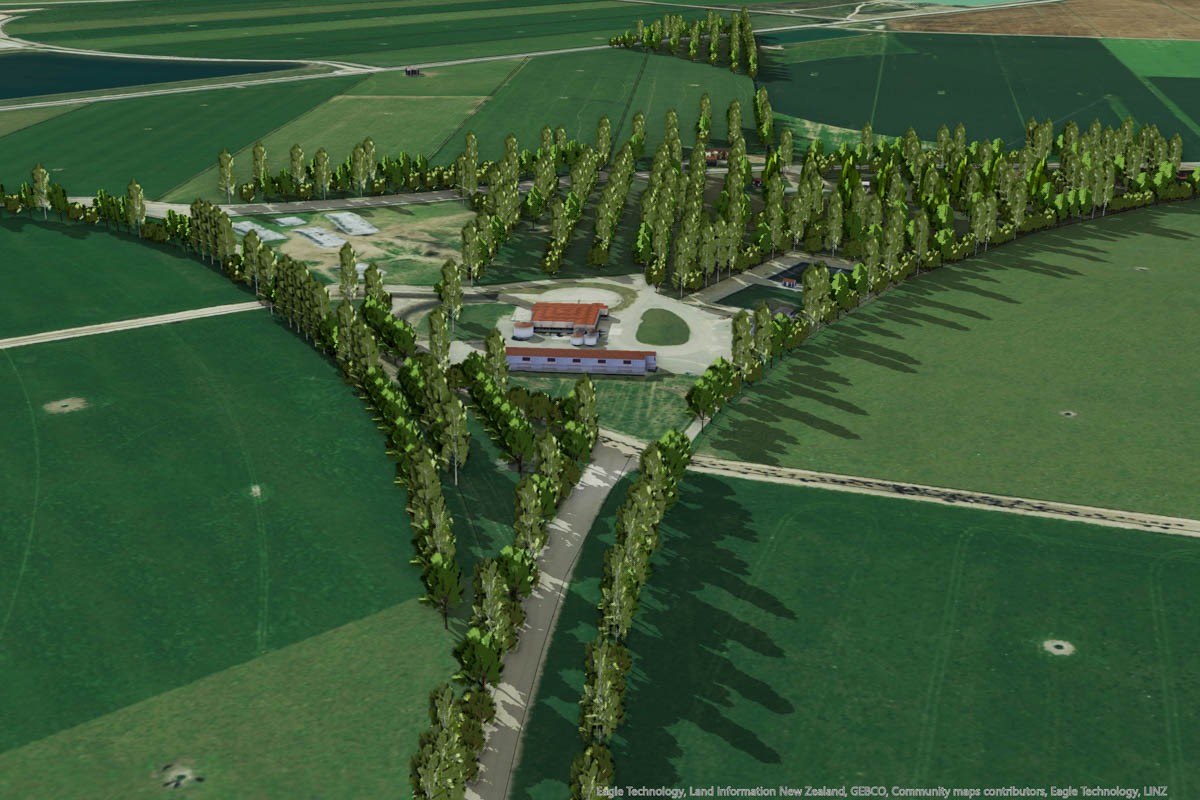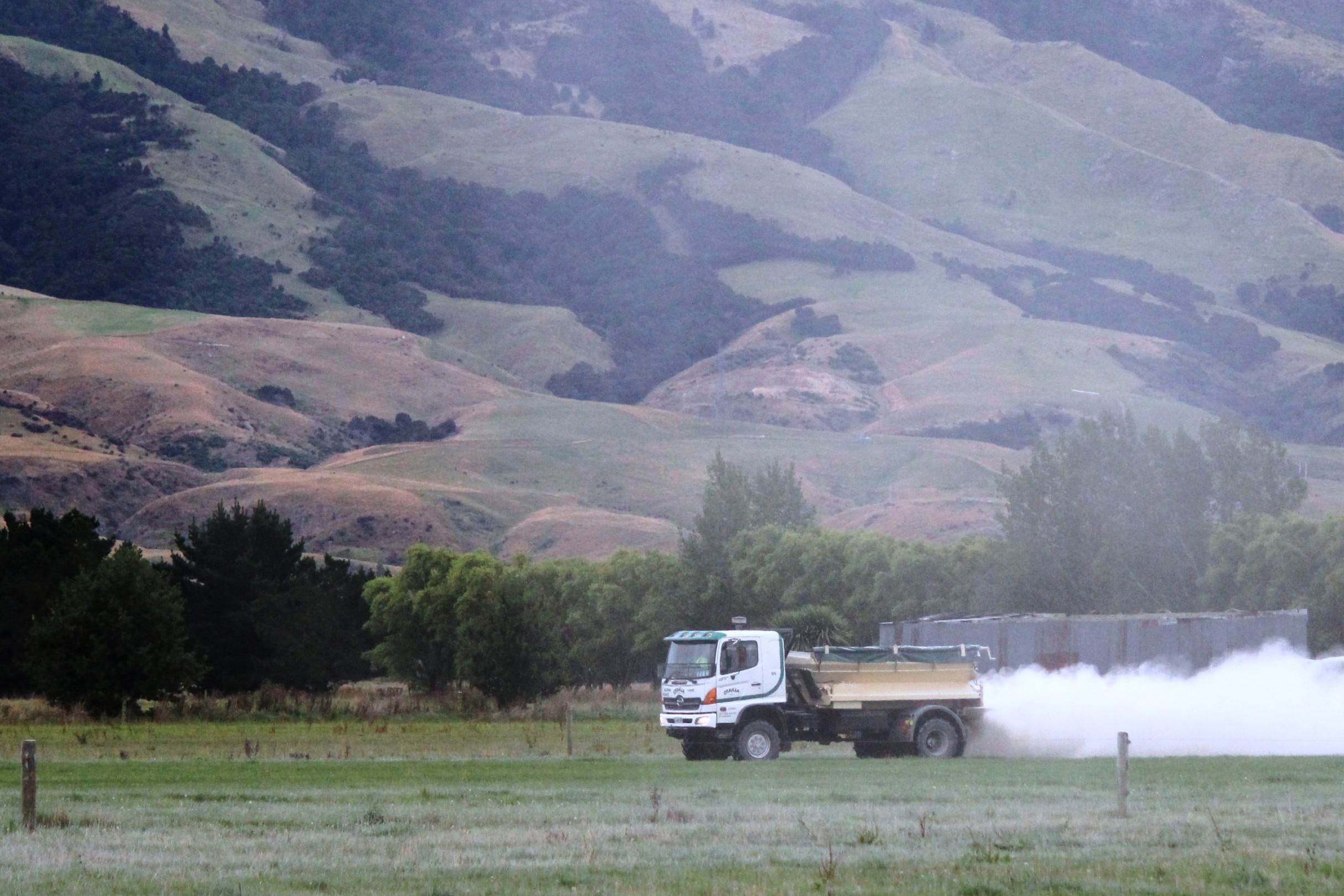A letter to the Dairy Exporter Editor, in response to the editorial by Jackie Harrigan on October 7th, 2022.
Dear Ed,
I read your editorial (Dairy Exporter, E-newsletter October 2022) on the environmental sustainability issues highlighted by Mike Joy and your assessment as “one step forward and two steps backwards”. That the only way forward is a stocking rate of one cow per hectare or, in some cases no cows at all, is a fait accompli – something we can do nothing about.
And you are correct.
No amount of riparian planting, cow genetic efficiency, pasture species changes or effluent irrigation spray technology will change the stream health readings. The industry is doomed unless the elephants in the room are acknowledged and shown the door. I’d like to shine a light on those elephants here.
I am an Australian, living in Australia. But one who works in the NZ dairy industry and thinks it is amazing with a bright future. I just want to get that out there early.
As a cow nutritionist with a history in mineral nutrition research and a stint in beef feedlots I see a lot of minerals (like N, P, K and Na), where they are going and what damage they can do. I also know that no industry, animal or industrial, intensive or extensive, can freely continue to pollute their surrounding environment at the expense of the community.
My first work trip to NZ was a conference at Lincoln where our academic team from Australia learned a couple of things, to our horror.
- How much nitrogen Lincoln Dairy Unit was happily putting on their milking platform and winter runoffs, while extolling its virtues to the industry.
- How much milk was being taken off the platform.
One was very high, the other was very low. But not the way round you would hope.
The nitrogen excess was extreme. But nitrogen not going out in milk is either going up into the atmosphere (think global warming) or going down into the groundwater (think aquifer and stream damage).
Since then, LDU has gone on to reduce N inputs. But they are still excessive per unit of milk produced. And they always will be while the mantra of grass-only is blindly followed, especially if the grass is ryegrass.
Why is this?
First, because it’s not matched to the cow’s requirements. She just doesn’t need all that N. When ryegrass is at its peak energy production it can range in N content from about 3.8% N to 5.1% N, the cow’s requirement is about 2.6% N. The rest is excess, excreted in the form of urea in urine.
Secondly, because pasture (especially with climate variability increasing) is an unreliable and far from balanced diet, resulting in suboptimal milk production, farmers that follow the grass-only Dairy NZ mantra average about 350 MS/cow per year. Farmers that don’t, average more like 480 MS/cow year.
In terms of nutrient efficiency both outputs require the same nutrient level for maintenance, but after that the high-production cow is much more efficient overall. Typically, a high-production cow converts feed DM at about 10:1 while a low-production cow is at 14:1.
These are the elephants in the room. Nitrogen-based pastures and pasture-only cows. To keep these, Kiwi farmers will need to do what Mike Joy says and run one cow to the hectare. That makes it pretty hard to cover fixed costs and return a profit.
However, a nitrogen-fuelled, low-output, pasture-fed dairy cow is not the only way to produce milk in NZ. A fact many Kiwi farmers have already picked up on.
So, what are the alternatives? It’s important to state up front that there is no one-size-fits-all prescription and that most farms will need to incorporate a blend of solutions to suit their specific circumstances. But generally, farms that are moving to sustainably profitable production are focusing on some, if not all, of the following:
- Produce a lot more milk per cow. Reduces waste per unit of milk. Means you can run fewer cows.
- Have healthy cows. Unhealthy cows are the most wasteful.
- Have pasture as a balanced part of the diet. Probably no more than 50%.
- Minimise N fertiliser as much as possible (I know of many farms not using any).
- Capture as much effluent and manure as possible and redeploy as fertiliser.
- Precision nutrition. Target the nutrients in the diet to be adequate and not excessive.
- Grow high-yielding crops to utilise excess nutrients.
- Harvest a lot of silage on your own dairy platform to balance fibre intake over the season, minimising drought-induced feed shortages.9. Keep your young stock and dry cows at home. They are looked after better, and then go on to produce more milk.
To achieve the above most farms move to some sort of feed pad, and/or cow shelter arrangement.
I’m lucky to work with many innovative Kiwi farmers who have achieved or are on their way to the above. Grass is just one part of a balanced diet and N fertiliser is seen as a cost they no longer incur. Their results are in, their Overseer numbers are down. Their profits are up. They are not at the mercy of the weather (well, not to the same degree anyway).
In summary, there is no reason that the NZ dairy industry needs to shrink in terms of milk production. In fact, I have always maintained there is room for growth. Peak cow numbers have probably been reached. But the industry can continue to grow and stop polluting…
If it gets rid of the elephants.
Kind Regards,
Dr Joe McGrath,
A concerned Dairy Nutritionist.
For feedback: Letter to the editor, jackie.harrigan@nzfarmlife.co.nz





